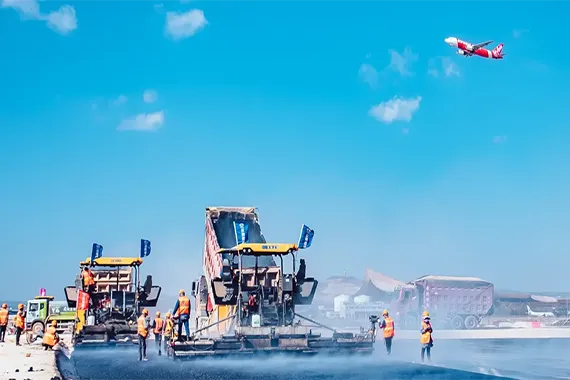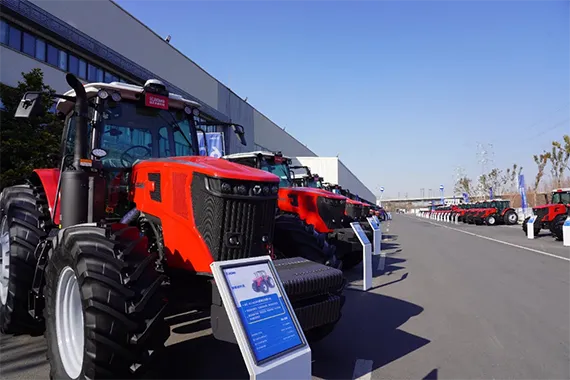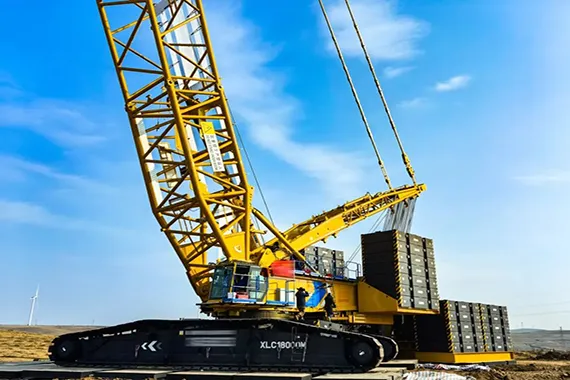How to Grade with Bulldozers
Knowing how to spread material with a dozer
effectively can cut down on the time needed to complete construction projects.
Mistakes made during land grading can set back jobs, costing the contractor and
everyone on the construction team money. By using these tips and the right
tools, you can learn to grade land correctly and efficiently and save time on
building projects that require grading or spreading material.
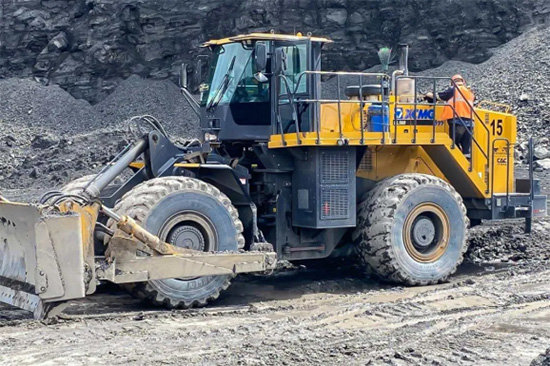
How Do Bulldozers Grade Land?
Bulldozers use a blade to move earth, which
can help with flattening land for roadways or construction sites. In the late
19th century, railroad companies first used bulldozers to prepare the ground
for rail lines. These early bulldozers got their name from the pair of bulls
that provided the power. A massive, flat blade behind the draft animals scraped
the land. A driver rode on a two-wheeled caisson attached by an arm to the
blade.
Tracked vehicles came into use to replace
pack animals for driving tractors. However, tractors with blades would not have
this track added to them until 1921. This early 20th-century innovation of
putting both a motor and track onto the previous versions of bulldozers paved
the way for future upgrades to the dozer. However, these early dozers could not
move the blade vertically — but that would change in 1928.
By 1928, bulldozers got a cable and winch
upgrade, which allowed the blade to move vertically as it pushed horizontally
over the land. After the Second World War, dozers upgraded again to more
closely resemble the devices used today by integrating hydraulic control of the
blade.
Due to the extensive use of dozers and
other equipment for grading during the 1930s and 1940s, engineers learned how
to most effectively outline the best practices for leveling land by using
gravity.
A dozer works by pushing land with a large
blade at the front. As the machine moves forward, the base of the blade scoops
up earth that it runs over, collecting it in the blade. The operator must control
the blade to direct the soil to a collection location and prevent track
slippage. While many learn these skills through experience, tools available to
modern dozer operators make the job easier and more efficient.
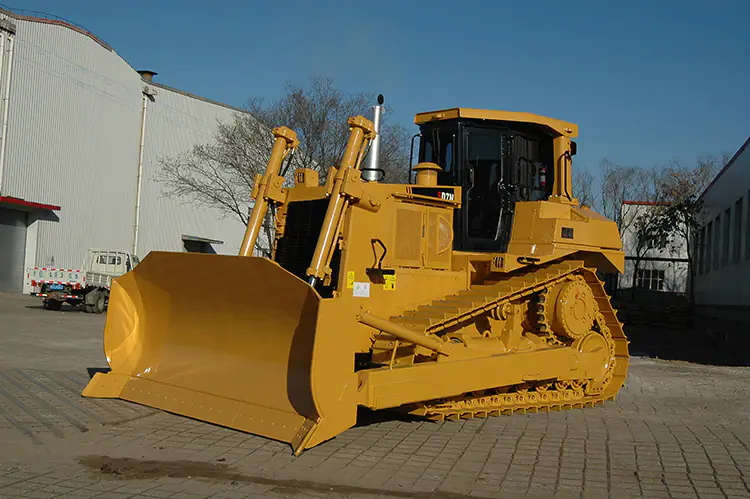
Tips for Grading With Dozers
Regardless of your experience, you can
always learn ways to cut down on your time and effort when grading land with a
bulldozer. When it comes to leveling ground with a bulldozer, always keep these
tips in mind for more efficient operation:
1. Make Short Cuts
Instead of dragging the dozer over a long
strip of land, use shorter cuts through the earth instead. If the blade has too
much soil in it, the excess will spill out from the sides, reducing the
efficiency of the task. While making short cuts through the earth seems to
increase the driving time, the higher efficiency reduces the need to go over a
long track of land multiple times due to inefficient movement of soil.
2. Use Technology
Use technology to automate some tasks on
the dozer to help with grading land. Grade control options can automate blade
controls in three dimensions for more accurate, efficient grading. The
technology of grade control improves the speed and accuracy of any grading
project with a dozer. Installing this system allows a dozer to turn into a
finishing tool. In some instances, the operator only needs a dozer with grade control
technology to create the necessary land changes. By using only a dozer, you
save time and reduce the need to have both a grader and dozer on site.
Instead of waiting years for operators to
gain the experience to become experts at land grading manually, use technology
to give any operator an edge in productivity. New hires and seasoned workers
can both benefit from the information provided by grade control and other
technological innovations available for land grading.
3. Keep an Eye on the Track Tension
Keeping the tracks on your dozer too tight
will not help prevent slippage. In fact, if the tracks have too much tension,
they will wear out prematurely — up to three times faster than correctly
tightened tracks. Always tighten the track per the manufacturer’s guidelines.
Also, do not adjust the tension after cleaning the track. As mud and dirt from
the worksite get into the track, the tension will increase.
4. Use the Slot Sides to Increase Blade
Capacity
When creating a slot in the earth, start at
a position two vehicle lengths back from where you want the slot to start. Move
forward to the slot’s start and push the soil in the blade into a pile at the
end of the pass. The starting location for the slot will have a space for the
dirt collected from digging out the space.
Make a second pass over the same area but
start four vehicle lengths back from the pile of accumulated earth. Continue
moving over the same area, increasing the distance of the slot by two tractor
lengths until you have created the necessary extent of the slot. This method
ensures that already leveled land stays flat.
This method of working from the front to
the back of the slot allows the sides of the slot to hold more earth in the
blade. In some cases, you could increase the amount the blade can hold by up to
30%.
